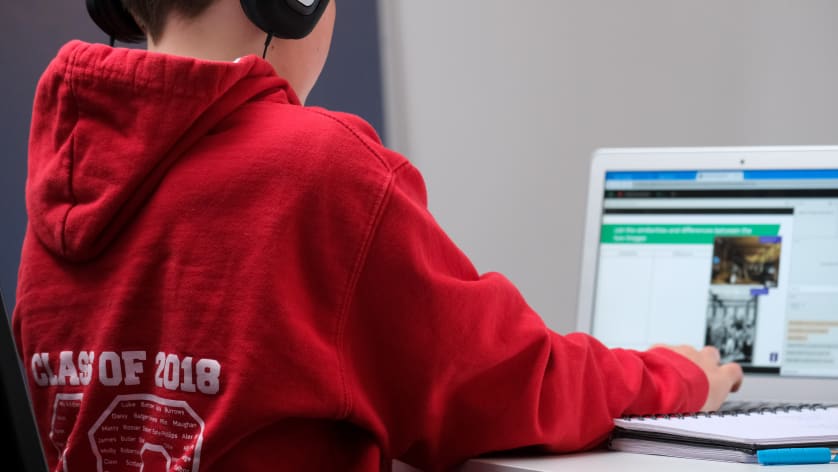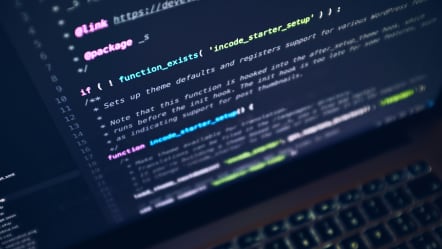What is EdTech?

Edtech tools are changing classrooms by making it easier for students to stay engaged through fun forms of learning, such as edtech robots, virtual reality lessons and gamified classroom activities. These technologies are giving educators an edge by helping them grade tests and monitor student progress on homework assignments.
Edtech companies have boomed in recent years due, in part, to their ability to create scalable and personalized learning experiences. By using Edtech tools, teachers can create unique learning experiences that cater to all students, no matter their age or abilities.
The data suggests that technology will continue to be present in classrooms; in a 2018 study, 86% of eighth grade teachers said that using technology to teach was important. The study found that 75 percent of teachers said technology use improved the academic performance of students. Therefore, many people would argue that it is essential to understand the benefits of edtech in the form of increased communication, collaboration and overall quality of education.
How Does Edtech Help Students and Teachers?
Benefits of Edtech for Students
Technology is increasingly being used in classrooms to enhance the learning experience for students of all ages.
Increased Collaboration
Tablets loaded with learning games and online lessons are providing children with the tools to solve problems together. Cloud-based applications allow students to submit their homework digitally and to communicate with each other about their thought processes and for any assistance they may require.
24/7 Access to Learning
Connected devices are giving students the ability to work at their own pace and on their own schedule, without being restricted by the need to be physically present in a classroom.
Various apps also help students and teachers stay in communication in the event that students have questions or need to alert teachers to an emergency.
Flipping the Classroom
Edtech tools are changing the way classrooms and education work. Students can now watch lessons at home at their own pace, using class time to collaboratively work on projects as a group.
Personalized Educational Experiences
Edtech provides educators with the opportunity to create personalized learning plans for each of their students. This approach is designed to customize learning based on a student’s strengths, skills and interests.
Video content tools can help students learn at their own pace, and because students can pause and rewind lectures, these videos can help students fully grasp lessons. With analytics, teachers can see which students had trouble with certain lessons and offer further help on the subject.
Instead of relying on stress-inducing testing to measure academic success, educators are now turning to apps that provide more accurate measurements of overall aptitude. Data from constant measurements can be used by teachers to create specialized learning plans based on each student's strengths and weaknesses.
Attention-Grabbing Lessons
With the many gadgets and outside influences that compete for a student's attention, it is important to have lesson plans that are both interesting and educational. Those in favor of Edtech say that technology is the answer. Technology can be used in various ways to help students participate more in the classroom, such as through video conferencing with other classrooms, submitting homework assignments in audio or video format, or by incorporating game elements into problem-solving
BENEFITS OF EDTECH
- Personalized education caters to different learning styles.
- On-demand video lectures allow classroom time to focus on collaboration.
- Gamified lessons engage students more deeply.
- Cloud computing lets students work from anywhere 24/7
- Automated grading and classroom management tools help teachers balance responsibilities.
Benefits of Edtech for Teachers
Edtech is not only benefiting students, but teachers as well. Teachers are seeing educational tech as a means to develop efficient learning practices and save time in the classroom. Here are four ways edtech is helping teachers get back to doing what they do — teaching.
Automated Grading
Edtech tools that use artificial intelligence are making grading easier by using machine learning to analyze and assess answers according to the assignment's specifications. These tools free up hours that teachers usually spend grading assignments, which provides more flexibility for less prep and one-on-one time with students.
Classroom Management Tools
It can be difficult to get a large group of children to do anything. Educational technology has the potential to make many things easier, from the way teachers communicate with students to how students behave. The incorporation of apps that send reminders and allow for self-monitoring of noise levels in the classroom creates a more organized and productive environment.
Paperless Classrooms
Technology in the classroom has made it easier to grade assignments, manage homework files and promote greener policies.
Eliminating Guesswork
Teachers often spend a lot of time trying to assess their students' skills and areas needing improvement. Edtech has the potential to change that by providing tools, data platforms and apps that constantly assess student’s skills and needs, then relaying that information back to the teacher.
Some harmful studying trends aren’t apparent to teachers for months, but some tools that use real-time data can help them discover a student’s strengths, weaknesses and even signs of learning disabilities, setting in motion a proactive plan to help.



